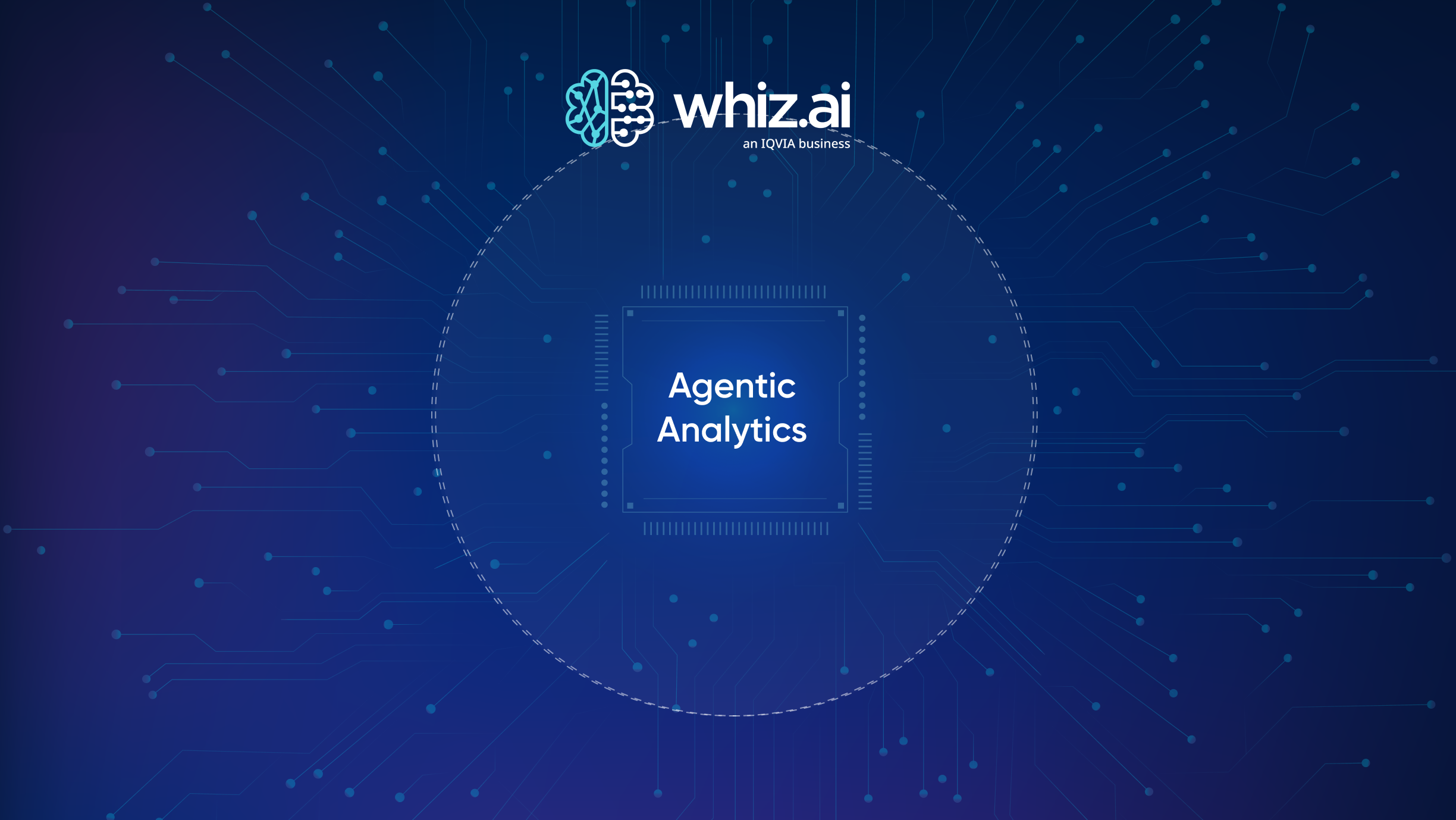Benefits of Embedded Analytics in Transforming Life Sciences BI
.avif)

Innovation in business intelligence (BI) is accelerating rapidly. Much like how self-service BI disrupted traditional analytics, embedded analytics solutions are reshaping the industry once again. Analysts predict that the embedded analytics market will reach $52 billion by 2023, signaling its immense value.
While embedded analytics software has been around for years, the next generation—AI-powered embedded analytics—is revolutionizing how insights are delivered. This isn't just analytics embedded into workflows; it's deeply integrated across business applications, providing real-time insights in a contextual and conversational manner.
What is Embedded Analytics?
At its core, embedded analytics is the seamless integration of data analytics, interactive visualizations, and real-time reports within business applications. Instead of switching between multiple tools, users access data insights directly where they work—whether in a CRM, ERP, or EHR/EMR system.
Embedded Analytics Meaning in Action:
- Sales teams using Veeva CRM or Salesforce can view key metrics like HCP engagement trends and sales forecasts within their workflow.
- Healthcare providers can analyze patient records in their EHR system without leaving the interface.
- Marketing teams can track campaign performance within marketing automation tools.
By embedding analytics where decisions happen, organizations empower users with actionable insights—driving efficiency and informed decision-making.
Why the Shift to Next-Gen Embedded Analytics?
First-generation embedded analytics platforms allowed users to access predefined reports and static dashboards within applications. While this was a step forward, today’s complex business landscape demands more agility and deeper insights.
Limitations of Traditional Embedded Analytics:
- Rigid reports that don’t adapt to evolving user needs
- Lack of contextual intelligence—users must still interpret insights manually
- Limited integration with collaboration tools like MS Teams or Slack
- Reduced productivity—workers switch between apps 10 times per hour, causing 32 lost workdays annually
The Next-Gen Advantage
The rise of AI, machine learning, and natural language processing (NLP) has ushered in next-gen embedded analytics—enabling business users to query data dynamically and receive contextual, real-time insights without predefined constraints.
Key Features of Next-Gen Embedded Analytics
1. Contextual Intelligence
AI-powered embedded analytics solutions understand context from business applications and user preferences.
Example: A pharma sales rep viewing an HCP account in Salesforce can instantly access insights on prescription trends, market share, and next-best-action recommendations without manual searches.
2. Universal Accessibility
Users can access embedded analytics tools within any application, eliminating friction in decision-making.
Example: While on a Microsoft Teams call, a manager can query sales performance directly within the chat, retrieving instant insights without switching tabs.
3. Dynamic and Scalable Insights
Unlike static dashboards, next-gen embedded analytics adapts to user needs by generating visual analytics and narratives on demand—without requiring IT intervention.
Example: A brand manager can ask, “How is our drug performing in the oncology segment?” and instantly receive an AI-generated visualization comparing performance across regions.
Benefits of Embedded Analytics in Life Sciences BI
- Enhanced Decision-Making
AI-powered embedded analytics platforms deliver real-time, contextual insights, enabling faster and data-driven decisions in life sciences.
- Increased Productivity
By eliminating app-switching and manual data retrieval, embedded analytics software enhances efficiency—saving time for sales, marketing, and medical teams.
- Improved Collaboration
Embedded analytics supports seamless collaboration by integrating with tools like Slack, MS Teams, and Zoom, ensuring teams make data-backed decisions together.
- Scalability and Flexibility
Unlike traditional BI tools, best embedded analytics solutions scale effortlessly across teams and adapt to diverse business needs.
- Actionable Insights Across Functions
From sales to patient access teams, embedded analytics empowers every function with tailored, AI-driven recommendations.
Real-World Examples of Next-Gen Embedded Analytics
AI-powered embedded analytics solutions are transforming how life sciences professionals access insights in real time. Let’s see how a pharmaceutical sales rep can leverage next-gen embedded analytics throughout their day.
Before a call with Dr. Smith, the rep needs to determine the best contact method. Instead of digging through reports, they ask the embedded analytics platform within their CRM, like Veeva or Salesforce: “What’s the best way to reach Dr. Smith?” The system instantly analyzes past interactions and responds: "Dr. Smith responds to emails 77% of the time."
During the conversation, the rep needs prescribing insights. They click a mic button and ask: “What has Dr. Smith been prescribing lately?” The embedded analytics software generates a real-time pie chart showing Dr. Smith’s prescription trends, including competitor products.
Beyond CRMs, embedded analytics extends to collaboration tools like MS Teams and Slack. If the rep is in a meeting and needs sales trends, they can simply ask, “How do my Northeast sales compare to last quarter?”—and receive an instant visual response without switching apps.
By delivering real-time, contextual insights within existing workflows, next-gen embedded analytics boosts productivity, enhances decision-making, and drives smarter actions across life sciences teams.
Revolutionizing Life Sciences BI with AI-Powered Insights
AI-driven embedded analytics is transforming how life sciences organizations leverage data—making real-time insights available anywhere, anytime, anyway. By embedding analytics directly into daily workflows, businesses can:
- Empower teams with instant, AI-powered recommendations
- Eliminate manual reporting inefficiencies
- Drive smarter, faster, and more strategic decisions
Learn more about how WhizAI delivers best-in-class embedded analytics solutions tailored for life sciences.
FAQs
1. How can life sciences measure embedded analytics ROI?
By tracking decision-making speed, sales performance, and operational efficiency improvements, companies can quantify embedded analytics impact.
2. How does embedded analytics boost operational efficiency?
It automates insights delivery, reduces manual reporting, and enhances productivity by embedding data within daily workflows.
3. What role does AI play in enhancing embedded analytics?
AI enables natural language queries, contextual recommendations, and real-time analytics generation, eliminating predefined reporting constraints.
4. How does embedded analytics simplify data access for non-tech users?
With conversational AI and intuitive interfaces, users can retrieve complex insights effortlessly—without requiring SQL queries or BI expertise.


Subscribe to our blog








.png)






.avif)



.png)